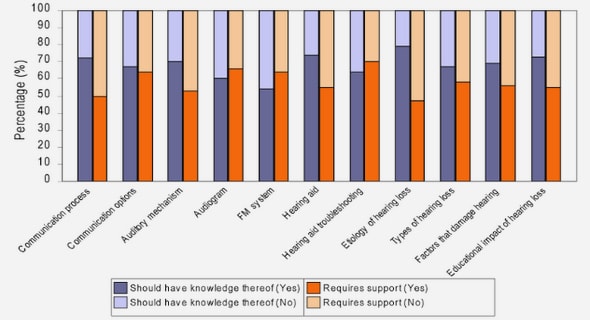(Downloads - 0)
For more info about our services contact : help@bestpfe.com
Table of contents
Introduction
1 Background
1.1 Space of Convex Characters on Phylogenies
1.2 Latent Variable Models of Character Evolution
1.3 Discrete Models of Evolution and Tree Reconstruction
1.4 Continuous Models of Evolution
1.5 Model Selection
Appendices
1.A The Ornstein-Uhlenbeck Process
1.B Multivariate Analysis Tools
2 Shift Detection for Univariate Processes
2.1 Introduction
2.2 Statistical Modeling
2.3 Identiability and Complexity of a Model
2.4 Statistical Inference
2.5 Simulations Studies
2.6 Case Study: Chelonian Carapace Length Evolution
Appendices
2.A Enumeration of Equivalence Classes
2.B A Vandermonde Like Identity
2.C Technical Details of the EM
2.D Optimal Shift Location with Fixed Root
2.E Proof of Proposition 2.4.1 for Model Selection
2.F Supplementary Figures
2.G Practical Implementation
3 Shift Detection for Multivariate Processes
3.1 Introduction
3.2 Model
3.3 pPCA and Shifts
3.4 Simulations Studies
3.5 Examples
3.6 Discussion
Appendices
3.A PCA: Mathematical Derivations
3.B PhylogeneticEM case study: New World Monkeys
3.C EM Inference
3.D Simulations Appendices
4 Trait Evolution on Phylogenetic Networks
4.1 Introduction: Phylogenetic Networks
4.2 Continuous Trait Evolution on a Network
4.3 Tests of Phylogenetic Signal
4.4 The Julia package PhyloNetworks
4.5 Perspectives
Appendices
4.A Documentation: Continuous Trait Evolution
4.B Decomposition of the Covariance Matrix
5 Extensions and Perspectives
5.1 Dealing with Tree and Trait Uncertainty
5.2 Convergence and Sparsity
5.3 Non-Ultrametric Trees
5.4 Sampling Scheme and Missing Data
6 Resume substantiel




